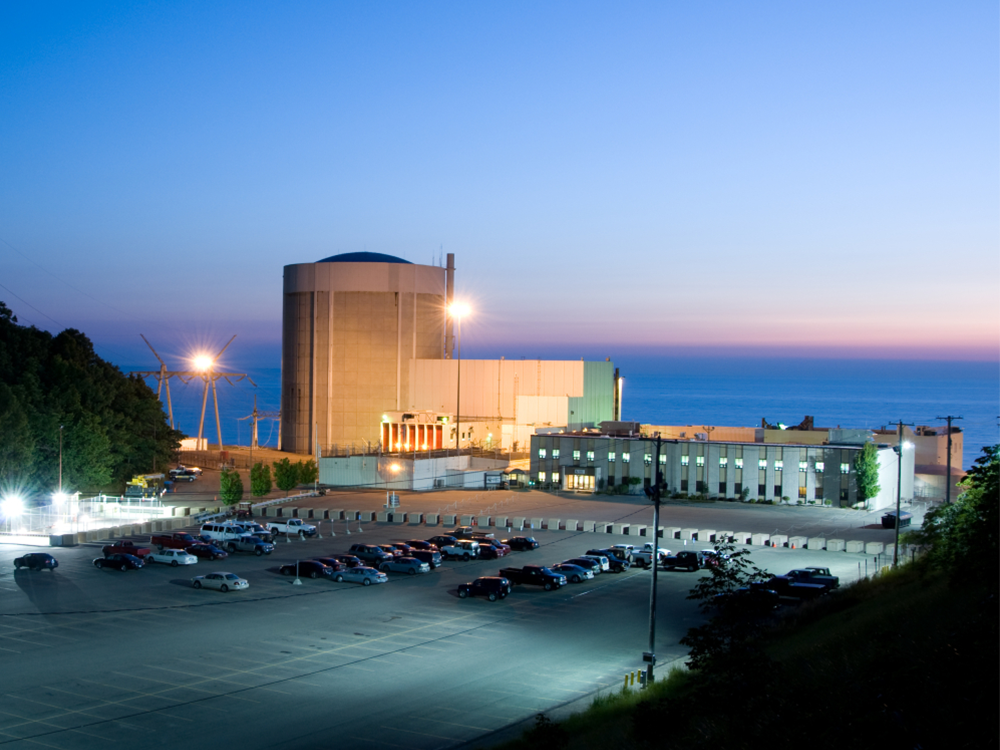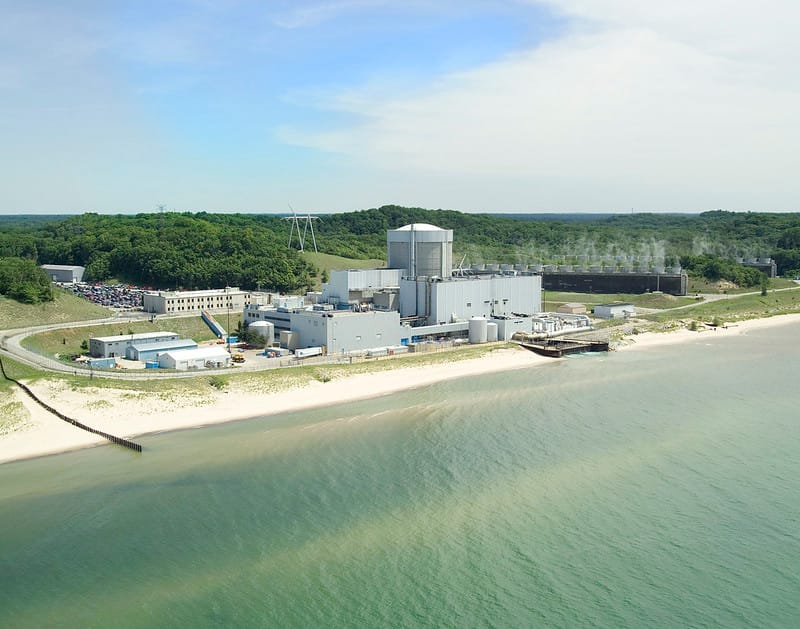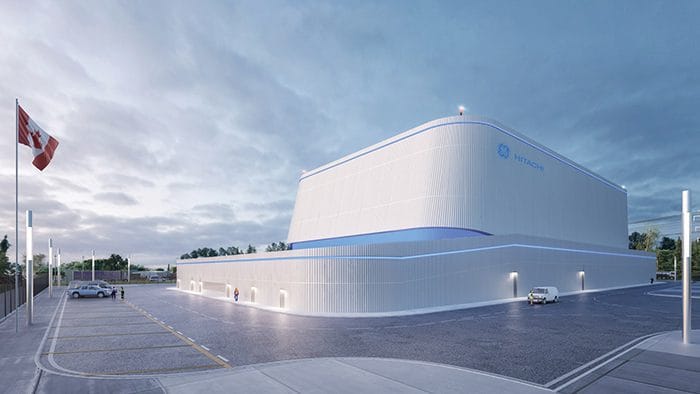New Year's Terror Threats & Trump Diplomacy: The Empire's Religious Warfare Exposed
Barbara updates on foiled ISIS & anarchist New Year's plots, Trump's meetings with Zelensky & Netanyahu, and how religious warfare serves the Empire's agenda.
Explore how President Trump’s first 100 days of his second term sparked major U.S. nuclear energy advancements, fueling economic growth and shaping the debate ahead of the 2026 midterms.

With the 2026 midterm elections on the horizon, the national conversation is already heating up around the issues that matter most—none more so than economic growth. As Trump continues to lay out his visions for America’s future, the role of energy policy, especially nuclear energy, is taking center stage.
In this post, we’re diving into the remarkable advancements in U.S. nuclear energy during President Trump’s first 100 days of his second term—a period that’s already shaping the economic and technological landscape in ways that could influence the coming electoral debates.
We hope you enjoy this deep dive into how nuclear innovation is powering not just our grid, but also the broader conversation about America’s economic future.
In the first 100 days of President Donald Trump’s second term (January 20–April 29, 2025) advancements in nuclear energy have significantly increased, as reported by the American Nuclear Society (ANS) in a recent webinar, along with recent updates from the U.S. Department of Energy.
These developments in commercial nuclear power and space nuclear applications align with Trump’s “Unleashing American Energy” agenda, driving economic growth and supporting lunar and Martian exploration under the Artemis program. During his confirmation hearing, Jared Isaacman, Trump’s NASA nominee, emphasized this vision:
“As the President stated, we will prioritize sending American astronauts to Mars. Along the way, we will inevitably have the capabilities to return to the Moon and determine the scientific, economic, and national security benefits of maintaining a presence on the lunar surface. We will focus our technology development efforts on the world’s greatest engineering challenges, such as the practical application of nuclear propulsion, so that we can truly unlock humankind’s ability to explore among the stars.”
This report details key advancements, their contributions to Trump’s economic and exploration goals, and challenges, critically evaluating their impact.

The restart of the Palisades nuclear plant in Michigan marks a pivotal achievement. Holtec International, backed by Department of Energy (DOE) loans disbursed on March 17 and April 22, 2025, plans to revive the 800 MW facility by late 2025, making it the first U.S. nuclear plant to resume operations post-decommissioning.
ANS’s Nuclear News (April 2, 2025) highlighted its role in preserving 600 jobs and delivering clean power, directly supporting Trump’s goal of economic revitalization in industrial regions. By utilizing Inflation Reduction Act (IRA) credits, despite Trump’s criticism of the act, the project strengthens Michigan’s economy, supporting manufacturing and energy sectors critical to national growth.

High-assay low-enriched uranium (HALEU) production has also progressed significantly. On April 9, 2025, the DOE allocated HALEU to five advanced reactor developers, a move ANS endorsed as essential for next-generation reactors. Southern Nuclear’s test of 6% enriched U-235 fuel at the Vogtle Unit 2 in 2025 improved fuel efficiency, reducing costs and fostering a domestic fuel supply chain.
This aligns with Trump’s aim to reduce foreign energy dependence, enhancing economic competitiveness by powering tech industries, such as Google and Amazon’s data centers, which require reliable energy to drive AI innovation.

The Tennessee Valley Authority’s Clinch River project, moving toward a construction permit for GE-Hitachi’s BWRX-300 SMR, promises scalable power for rural and industrial areas.
Holtec International also plans to build two of its SMR-300 small modular reactors at the Palisades nuclear power plant site in Michigan. These SMRs are designed to produce 300 megawatts of power each, which will significantly increase total output by roughly 75%. The Holtec SMR-300’s are projected to be installed by 2030.
The Defense Innovation Unit’s ANPI program, updated on April 10, 2025, targets microreactor deployment at military bases by 2026, bolstering energy resilience. The American Nuclear Society, ANS, praised these as economic catalysts, with private investments like Amazon’s $334 million SMR deal creating high-tech jobs and infrastructure growth in regions like Oak Ridge, Tennessee. GE-Hitachi’s testing of steel-concrete composite blocks at Purdue University, reported by ANS, further reduces SMR construction costs, while BWX Technologies’ new Oak Ridge facility for HALEU enrichment supports job creation and fuel production.
In addition, the continued deployment of new Generation III+ reactors (one gigawatt-plus) is still in play. Georgia and South Carolina are among states already expressing an interest in building full-sized nuclear Westinghouse AP-1000 reactors, which are already operating at Georgia’s Vogtle plant in Waynesboro. The United States has been successful in selling large Westinghouse AP-1000 reactors to Poland and Bulgaria, and Westinghouse potentially has another market in Canada, as well as more plants under construction in China.
The US would do well to continue to build out the full nuclear ecosystem here at home. The ANS-backed ADVANCE Act (2024) streamlines NRC licensing, and Trump’s January 2025 executive order easing nuclear permitting has boosted investor confidence. Tech partnerships, including Google’s 500 MW deal with Kairos Power, underscore nuclear’s role in powering high-growth sectors, aligning with Trump’s economic vision.
Nuclear advancements are central to Trump’s Artemis program and Mars ambitions. Oak Ridge National Laboratory’s high-temperature furnace, developed to test materials for nuclear thermal propulsion (NTP) rockets, is a breakthrough reported by ANS. NTP systems, offering twice the efficiency of chemical rockets, could reduce Mars transit times by 25%, minimizing crew radiation exposure and advancing Trump’s goal of landing astronauts on Mars. This technology also supports lunar exploration by enabling reliable power for Artemis bases, aligning with Trump's emphasis on sustainable lunar presence.
Idaho National Laboratory’s 2025 molten salt test loop, supporting the Molten Chloride Reactor Experiment, develops corrosion-resistant materials for compact reactors. ANS noted its applicability to lunar power systems, enabling Artemis habitats to operate through lunar nights, a critical step toward a lunar economy. The DOE’s April 10, 2025, test of accident-tolerant, higher-enriched fuel, developed by Westinghouse, enhances compact reactor designs for lunar bases, supporting resource extraction and long-term exploration.
These nuclear advancements drive Trump’s economic objectives by fostering job creation and industrial growth. The Palisades restart and Clinch River project generate thousands of high-skill jobs in construction, manufacturing, and technology, revitalizing industrial regions like Michigan and Tennessee.
HALEU production strengthens domestic supply chains, reducing import costs and enhancing energy security. Private investments from tech giants fuel growth in AI and energy sectors, while exporting advanced reactors like TerraPower’s Natrium boosts trade, reinforcing U.S. economic influence, as ANS emphasized in its April 28, 2025, webinar. Reliable nuclear power supports energy-intensive industries, aligning with Trump’s energy dominance agenda and economic competitiveness.
The NTP testbed supports faster, safer Mars missions, advancing Trump’s pledge to “plant the American flag on Mars.” Molten salt reactors and accident-tolerant fuels enable lunar bases to sustain 40 kW of power, facilitating Artemis’s 2030 targets for a sustainable lunar presence. This supports scientific research, economic opportunities like resource extraction, and national security through space dominance. Nuclear propulsion and power systems unlock deep-space exploration, ensuring U.S. leadership, a priority Trump reiterated in 2025.
In Trump’s first 100 days of 2025, nuclear advancements have helped strengthen strategic U.S. energy and space exploration goals.
Commercial milestones like Palisades, HALEU testing, and SMR progress drive economic growth through jobs and industrial investment. Space nuclear developments, including NTP and molten salt reactors, advance Artemis and Mars goals.
With this rapid pace of development the United States under President Trump is well underway to a new golden age of innovation, productivity, growth, and prosperity.
Get our free newsletter. Zero Spam.